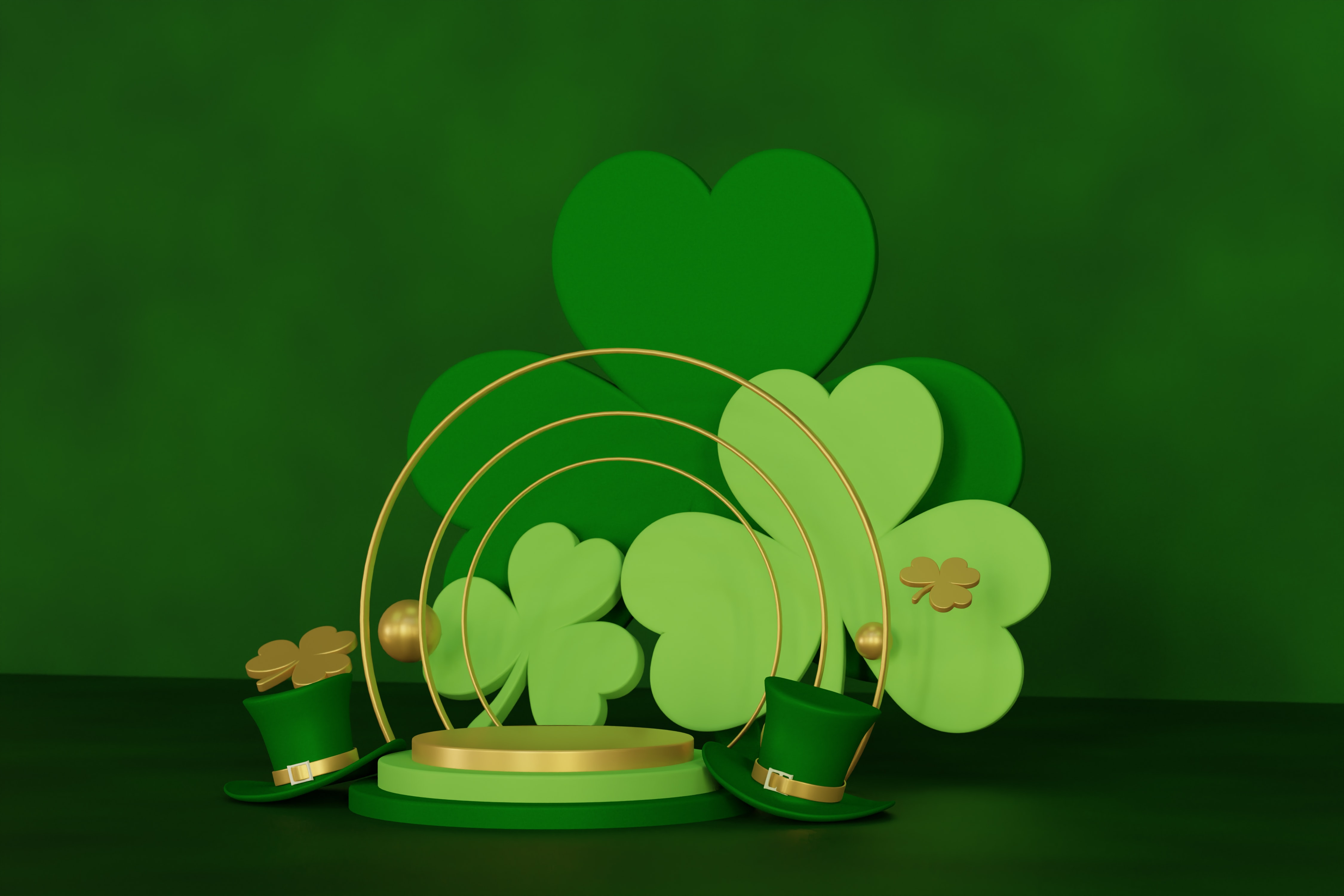
Polishing your Pewter Tankard for St. Paddy’s Day
How do you swill your beer? If you prefer the traditional beer tankard, read on. Beer tankards have been made from materials like wood, stainless steel, glass, ceramics, and even horn or leather. But today, the pewter tankard is by far the most common. Pewter tankards began to make an appearance during the 16th century. The poor man’s silver pewter is a glossy metal alloy consisting mainly of tin.
Some beer enthusiasts swear beer is better when served in a tankard. Claims of a frothier head and its ability to keep beer colder, longer, are the most popular. But, we’ll leave that up to you. What we do know is how to clean it. We went straight to the UK Tankard Specialists at buyatankard.com, the proud tankard supplier of Charles Windsor, HMS Prince of Wales, for a few tips. Here are their recommendations on pewter care:
- Wash your pewter by hand in warm water, and use a mild product (only if necessary). Dry it with a soft, non-abrasive cloth. Wipe back and forth in straight lines and never rub in circles.
- Do not wash your pewter tankard in the dishwasher. The heat and detergent in dishwashers will spoil your pewter.
- Polished pewter tends to be very smooth and shiny, and needs to be polished only occasionally. Buy a professional polishing cloth and it should be all you need. Always wash your pewter after polishing.
- Satin pewter has a grainy finish. It rarely needs polishing, but when it does it only needs a light buffing with some very fine steel wool (grade #0000). You should rub in straight lines only, in the direction of the grain. Never rub in circles. Only buff your product when necessary, as it will damage the surface if it’s polished too often. Never use steel wool on brass trim as this will scratch it. And always wash your pewter after polishing.
- Oxidized Pewter has a dark, antique finish and should only be washed with mild soapy water and dried as above.
Why do tankards often come with a glass bottom?
According to Wikipedia, there are 3 theories. The first says it was developed as a way of refusing the King’s Shilling (conscription into the British Army or Navy). The drinker could see the coin in the bottom of the glass and refuse the drink, thereby avoiding conscription. However, this is likely a myth since the Navy could just make you join back then. Another legend has it that the glass bottom was implemented to prevent an unforeseen attack at the pub. And yet another story is that the glass bottom merely allowed the drinker to judge the clarity of their drink while forgoing the expense of a fragile pint glass.
Photo by Eyestetix Studio on Unsplash

